One of the most debating and topic, perhaps, is the “social evils in India.” India is a country comprising a lot of social evils, in the past and even at present.
Social Evils in India – Meaning
Let us first try to understand the meaning of social evils before we know what kind of social evils exist, or existed, in India.
As per the dictionary, the definition of social evil is given in words as follows,
“anything detrimental to a society or its citizens, like alcoholism, organized crime – by dictionary.com.”
If we put in simple words, social evil is necessary for the ‘bad’ things in society. These consist of matters deeply connected to society because they directly impact the lives of the people being part of society.
It is not a hidden fact that, since the past, many reforms have been made by various personalities in India in order to reform society. These reforms were mainly required to get rid of the social evils in India.
Also Read: Essay On Child Labor For Students
Types of Social Evils in India
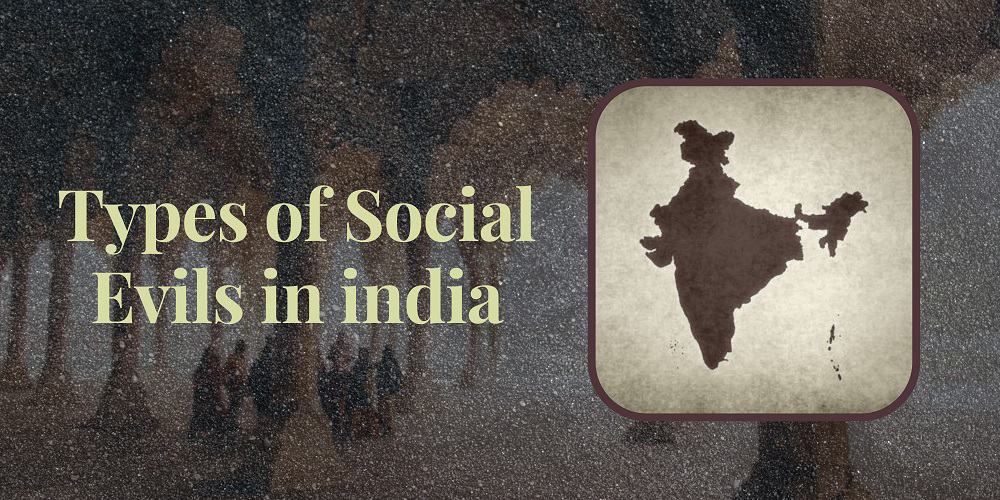
In India, social evils have always existed as a part of Indian society. The major impact of these evils greatly affected the minor as well as the women of the country.
If we now try to take a look at the existing social evils in India, in the past or even now, we get a list as follows:
- Caste System
- Patriarchal Society
- Child marriage
- Child Labour
- Female infanticide
- Dowry
- Domestic violence
Let us understand each of these by one.
Caste System
First, the caste system in India has been promising enough to cause troubles in the lives of people of the country, both in ancient history and to date.
Let us first understand what this caste system is. In ancient India, people were divided into several groups based on the caste they belonged to. The cast system divided the country’s people into four different groups, namely – Brahmins, Kshatriyas, Vaishyas, and Shudras. The Shudras were the ones that were mostly looked down upon, while the Brahmins were considered to be at the top of the caste hierarchy.
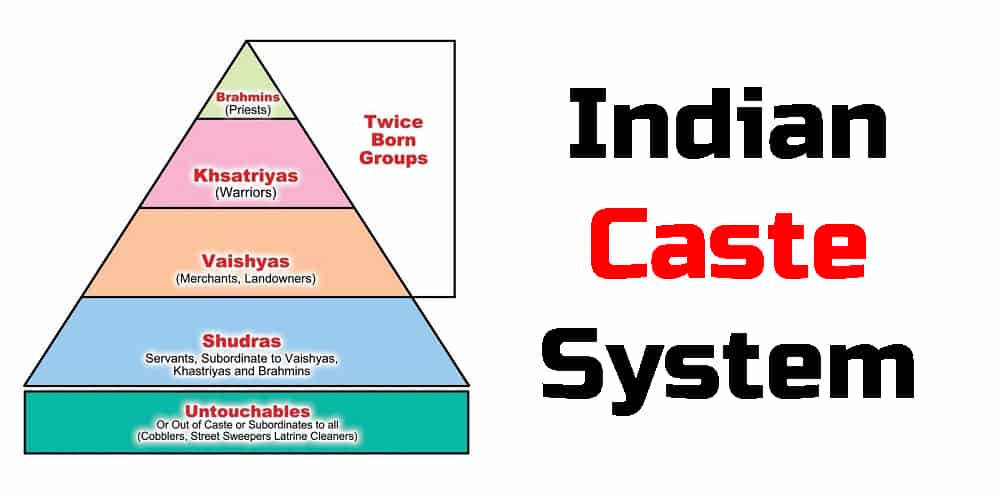
Definitely, people were belonging to the upper caste and people belonging to the lower caste, as per the division mentioned earlier. It was seen that, during those days, the people from the lower caste were observed to be exploited by the people belonging to the upper caste, based on various things, including the caste, of course, creed, colour, etc.
One can say that the people from the lower caste or such backgrounds well looked down upon even as a human being. It seemed that they were separated or isolated from all kinds of activities existing in the country. The problematic part of the caste system was its direct linkage with the religion of an individual.
With years passing by, the people from the lower caste’s situation seemed to deteriorate even further with the introduction of a new concept of “untouchability.” This means as per the high caste people; the lower caste ones didn’t deserve to be touched by them; this was a clear motive for disrespecting them.
The situations being like this, there was a need to bring about a change in society. To solve this existing problem of the caste system to some extent or create a better situation for the Shudras, Mahatma Gandhi took the pledge and entered the field. He was the sole reason for whom the situation happened to gain some relaxation as he removed the concept of ‘untouchability.’
Many other reforms were tried to be implemented for the betterment of the people and with a motive to promote equality among all of them. This was quite evident at the time of the war for independence in the country. It was observed that people understood the true meaning of unity only when they thought for the country and not for themselves.
For the attainment of freedom, unity was grown more and more, while the caste’s problem happened to decline smoothly. The credit for this unity definitely goes to our reformers and the freedom fighters who realised the importance of India being united and standing together against foreign rule.
Although at that time the caste system seemed to have been demolished, to this date, some problems still exist about people being uncomfortable and concerned about one’s caste.
Patriarchal Society
Another topmost social evils in India is the patriarchal nature of society. In simple words, our society is more favourable and inclined or biased towards the men than towards the women of the country.
The patriarchal society is mainly based on promoting inequality among men and women. In this case, the women of society always looked down upon. It rather seemed that a woman had no existence or significance without a man.
In turn, the patriarchal society consists of much more evil practise being conducted on women against their will. One such example is sati pratha. According to this practice, if the husband died, his wife was burned along with his body.
Another evil practice existing in the patriarchal society was that a widow was not allowed to remarry. It means if the husband was dead for some reason, then his wife either had to face death along with him, or she had to remain his widow for her entire life.
Many other kinds of differences existed in the patriarchal society, and with the passing years, the condition of the women in the society only seemed to worsen.
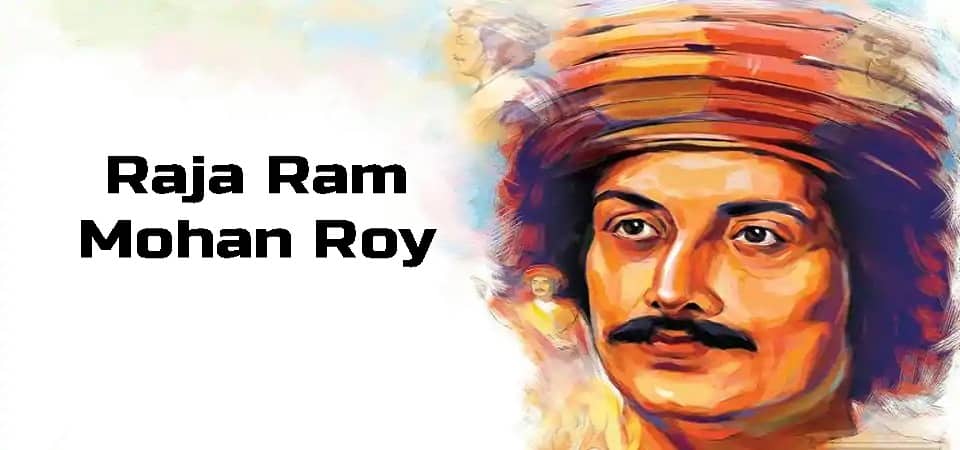
Some reforms were made by Raja ram Mohan Roy, who removed the Sati Pratha in India. Not only that, even the foreigners who ruled over the country try to remove the evil practises on women by passing several laws or ordinances in the year 1829.
This marked a lot of improvement in society’s unimaginable biases towards men, and to this date, there has been a realisation that women are as much cable as that of a man.
Child marriage
In ancient India, malpractices were also adopted against innocent children. The social evil in India against the children existed in child marriage, which is considered one of the most disgraceful social evils in India so far.
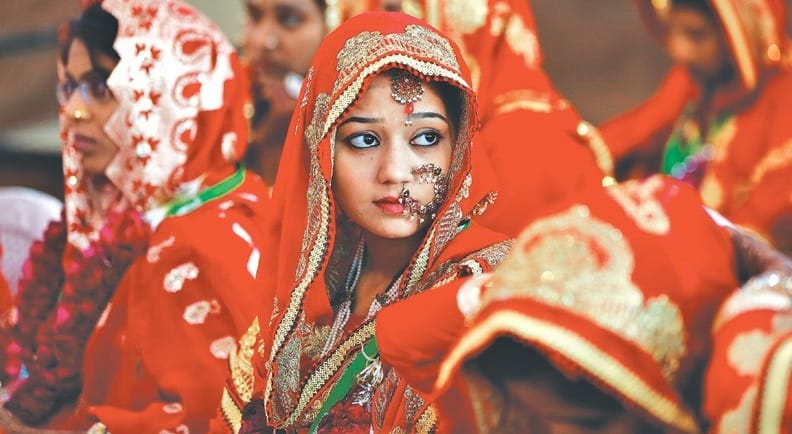
Small children, maybe even under the age of 14 or so, were tricked or forced to marry older peoples, that is, the ones who belonged to the age group of over 60 or so. We cannot say that in particular only girls were tricked or only boys were tricked, but the reality is that both were tricked at that age without their knowledge or consent.
It is not hidden that children are the most innocent human forms existing so far. The kind of situation the young children face at such a tender age happens to take away their innocence from them.
To eradicate these kinds of practices existing against the country’s children, the government took the initiative to compulsorily increase or fix the marriage eligibility ages for both men and women. In 1929, the Child Marriage Restraint Act was passed by the Imperial legislative council of India, which fixed the minimum age for marriage Of girls at 14 and of boys at 18. This was later modified to 21 for boys and 18 for girls. This act was also called The Sharda act.
Thus, anyone who illegally married the children against the ages made compulsory by the government is held liable for punishment.
Child labour
It was observed that children were not only forced to get married but also made to work illegally. This was known as child Labour, indeed a very shameful social evil in India.
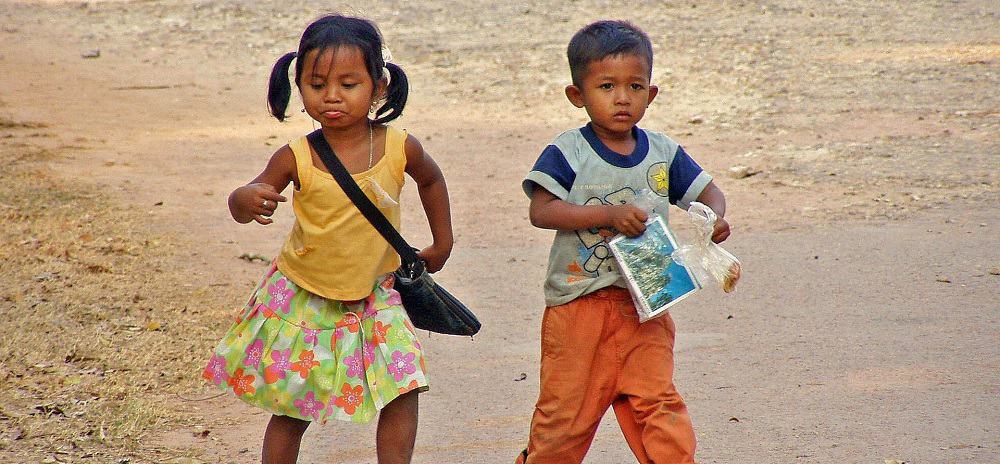
Children below the age of 10 years were made to work in factories, lift heavy machine parts and many such tasks that may prove to be quite harmful to them. The practice of child Labour prevented the children from getting necessary rights like – education and going to schools, etc.
At such a tender age, they had to earn a living, which should be provided to them for free. The main problem was the unstoppable exploitation of these children by employers.
As mentioned before, some children visualised this as an opportunity to earn for themselves for a better future, but the exploitation seemed very severe. This is because they were made to work harder and harder, and they did not get any kind of payment or materials of basic requirements for such hard work that they did.
Finally, in the year 1993, the Indian government passed the act against child Labour. Under this act, the children were not allowed to work until they reached 18 years. This act seemed to come as a relief for the children; however, to this date, we cannot surely say that child Labour does not exist at all.
Female infanticide
Very horrifying social evils in India, prevailing in certain parts to date, is female infanticide. A female infanticide is an act of killing baby girls before or after they are born. The main reason for this social evil in India is again the patriarchal nature of Indian society.
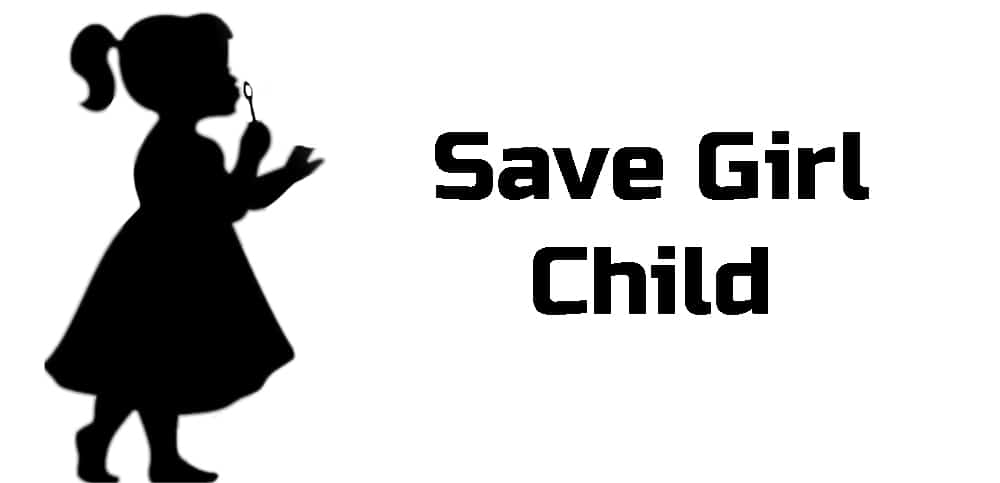
It is firmly believed that if a boy is born, he will spread the business and increase the family in the future. However, if a girl is born, she is believed to be an outsider and technically of no use to her own family. It is believed that it will bring prosperity to other families but not to her own.
In ancient times whenever a girl child was born, the girl child was either killed or was tortured in a way that no one can imagine. Not only the tortures seemed to stop up to the girl child, but her mother experienced equal hardships for giving birth to her.
This kind of act is a social evil, but it is considered a very serious crime. In order to stop this and for the betterment of the girl babies, for their survival, the reformers took several measures. Even the government of the country took initiatives to enlighten the family members about the importance of a girl child.
To this date, various projects had been started by the government like – ‘Beti Bachao Beti padhao‘ for the benefit of the girl child as well as for her family.
Dowry
Another great social evils in India is the system of dowry. Let us first try to understand what exactly dowry is. So at the time of marriage, the family of the girl is supposed to give rich goods in the form of cash, property, or any other thing to the boy’s family as a so-called ‘gift’ to them.
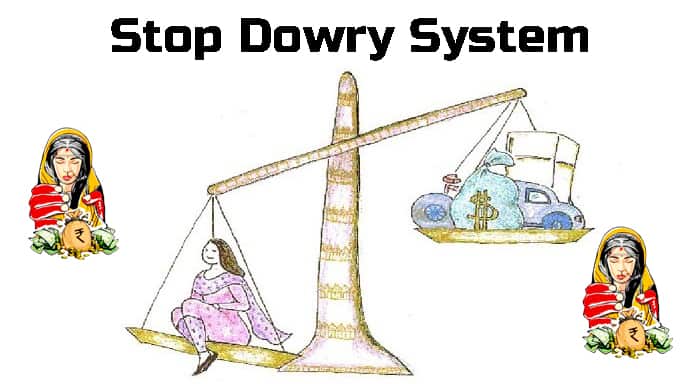
On the surface, this kind of activity does not preferably seem to be evil, but if one goes to the depth of the dowry system in the country, one can then discover the evilness of the dowry system.
There have been situations where people used to cancel marriage with another party just because they did not achieve a very costly dowry. Since the demand was not up to their mark or perhaps no dowry was received, the girl was considered to be the one responsible for the cancellation of marriages by the boy’s side.
Even if somehow the girls got married by some dowry being provided by their families, there was no surety of their safety after that. This is because they were mistreated in the future, even at times beaten by their in-laws or by her husband.
The girls were mistreated mainly because of the increased greediness of the other party. They hoped that if the girls were mistreated, their families would give them whatever they would demand without any hesitation.
This kind of thing has many times resulted in suicide being committed either by the girl or by her family members. That’s where we come to know about the evilness in the dowry system.
To some extent, the dowry system is the cause for increasing female infanticide in some way or the other. Although reforms have been made to eradicate the practice of dowry at the time of marriages, there is no permanent rid of social evils in India that easily.
Domestic Violence
Domestic violence is again a very shameful social evils in India, prevailing till date. This necessarily happens with the females in a family and might get seriously harmful if no measure is taken to stop it.
Dowry seems to be the primary cause of increased domestic violence against women in India. As mentioned previously, after getting married, the girls were beaten just to satisfy the family’s greediness.
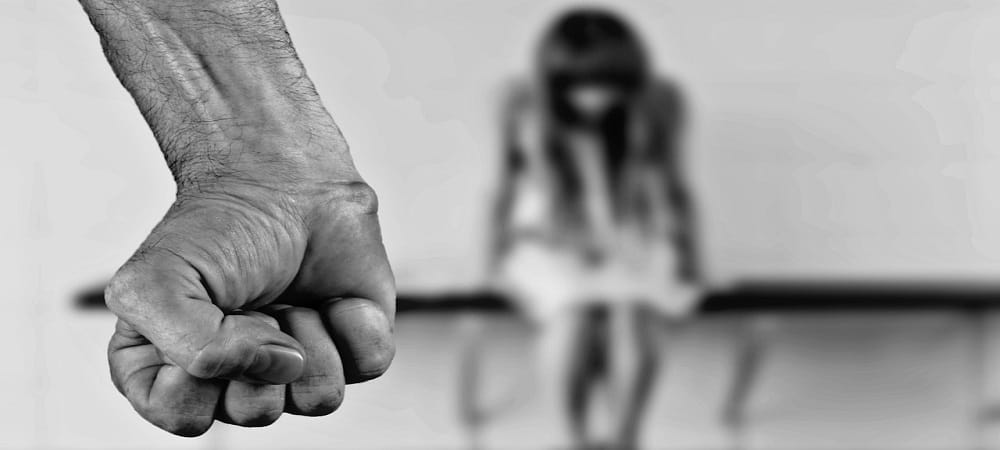
In some other cases, domestic violence against women is carried out without any reason or maybe just an act of fun for mental satisfaction attained after torturing the girl. At times, it is also the cause of the death of the girl.
Several actions have been adopted by the government to prevent this kind of crimes, repeatedly, although some monster in the form of humans still exists who does not seem to stop.
Not only there is domestic violence against women, but there are also cases of domestic violence against men. Therefore, the horror is made to both men and women, and actions must be taken in due time to ensure their safety.
These are some of the dreadful and horrifying social evils in India. However, there are many more evils, such as poverty, prostitution, drug abuse, and what not. It seems that these have become a very common thing for the country,
With the number of years passing by, instead of coming to a dead-end, the social evils in India seem to rise. Therefore, due action must be taken for the betterment of the people of the country and definitely for changing the mindset of the existing society.
– Sweta Upadhyay.
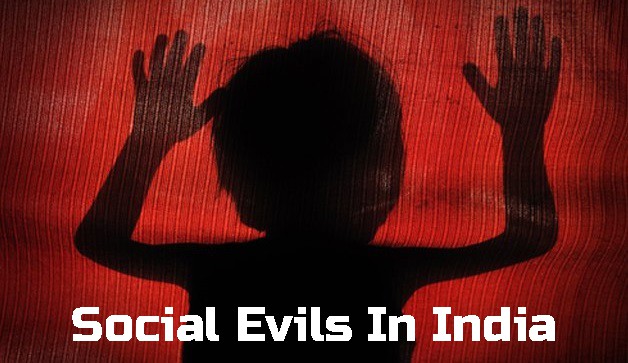
Super
I like the way you explain about the social evils thank you